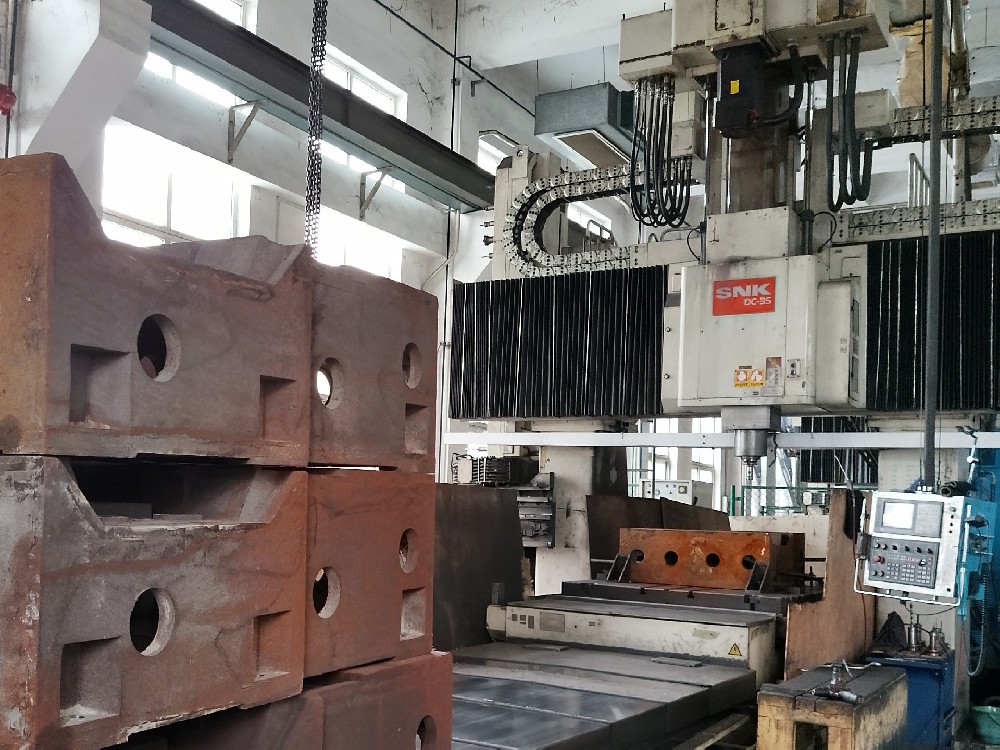WEDM Machine Body Quick Hack
 Publication Date:2025-04-30 14:31:33
Publication Date:2025-04-30 14:31:33 Author:Kingred
Author:Kingred
Machine body is not a tech-heavy component of the CNC WEDM/wire electro-erosion machine. Some manufacturers may try to tout out premium materials as essential for extending machine body longevity.
However, unless your workshop operates under unusually harsh or unique conditions, a standard quality-certified machine body will typically meet all your machining requirements.
Money should be spent where it matters the most. To learn more about machine body, focus on 3 things:
a. material
b. structure
c. treatment
Cast iron is commonly used as a base material for machine tools, and it has proven to be a good choice worldwide. Kingred uses cast iron HT250 mixed with rare metals, a solution based on nearly 20 years of expertise, while most other manufacturers use this type of material, too.
Almost all structural designs have to go through computer-aided engineering these days. No matter what features are advertised, whether it's the box-type design, "T-shape" design, "C-shape" design, or the unforgettably symmetrical structure, at the end of the day, you are merely talking about the baseline qualities that any marketable machines should inherently process. So, just focus on what structures fit your situations.
Treatment is worth slightly more attention, because it targets at rigidity, vibration absorption and thermal deformation issues. Heat treatment, natural ageing treatment, and surface treatment, these are the three most important methods that probably define the quality of a single casting. Kingred castings usually go through the tempering process twice to imporve rigidity, and key parts will be left in the open for 3 to 6 months to fully release the internal stresses. Finally, each piece of casting will have to go through a surface treatment before installation or assembly. "High Speed" WEDM machines don't typically go through this many processes, this is also one of the reasons why "Medium Speed" WEDM equipment is more expensive than "High Speed" ones.



